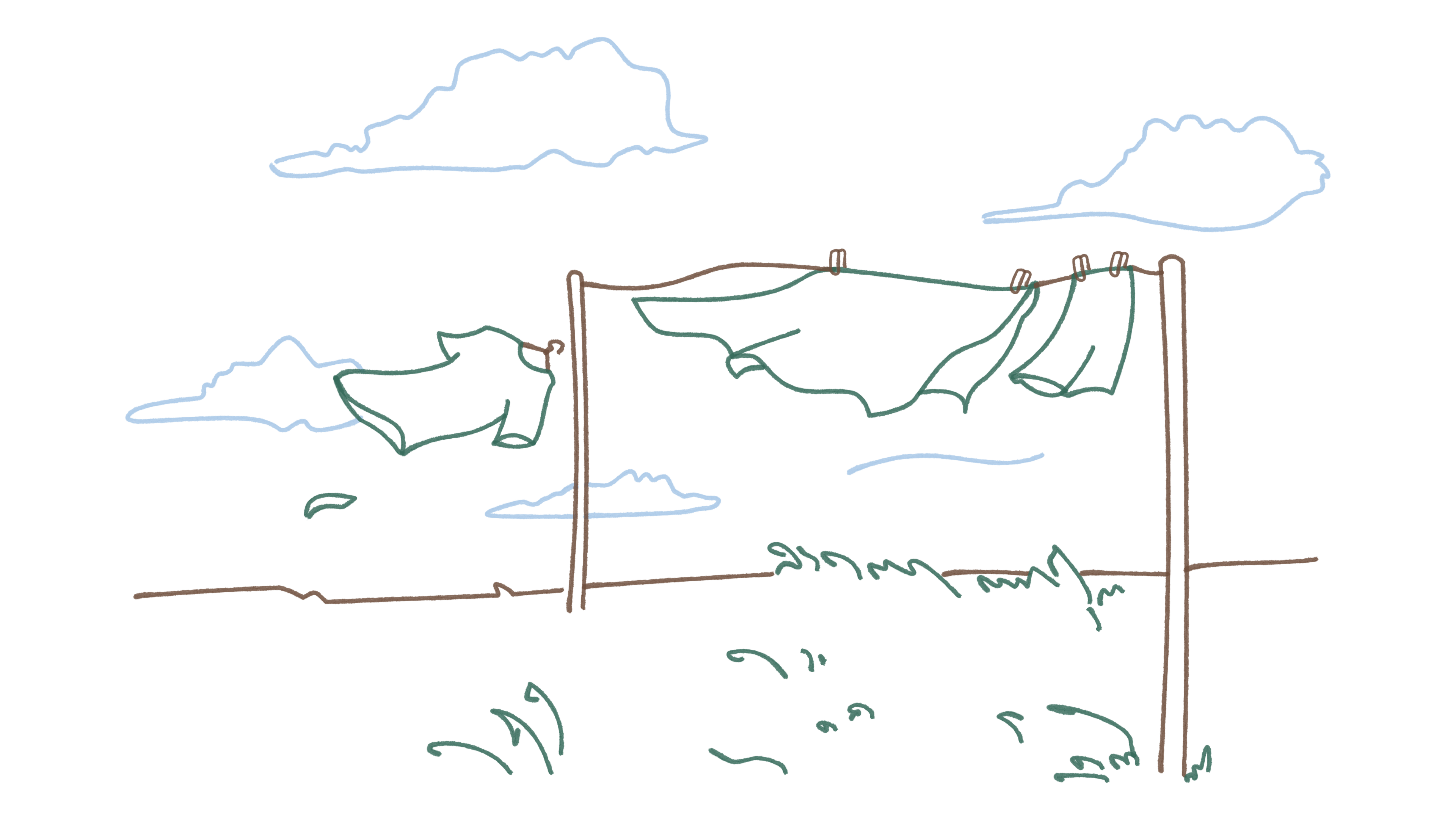3. Desirability
Design begins with people. Not metrics. Not markets. People. Their needs sit at the centre of the process—not as a vague idea of empathy, but as concrete situations, goals, frustrations, routines. Readers don’t wake up wanting “a seamless onboarding experience.” They want to check their balance. Get somewhere on time. Book an appointment. Learn something. Feel in control. Be heard. A good product doesn’t just solve problems. It recognises them before they’re named. It fits into a life that already exists. It removes friction. It reduces effort. It meets people where they are.

For example someone wants to dry clothes on a windy day. To understand their desirability, we ask:
- What does the person want to do?
- Dry their clothes outside without losing them.
- What blocks them from doing it?
- Wind, unsteady hangers, or garments flying off.
- What motivates them?
- Trust — they want to walk away knowing the clothes won’t fall or fly.
- What do they expect, fear, avoid, or repeat?
- Expect the solution to hold firm
- Avoid checking constantly.
- Repeat what offers peace of mind.
The clothespin works as a solution not just on utility, but on emotional assurance. It feels dependable. Even if other methods might work, clothespin feels right for the situation — frictionless, safe, satisfying.
This is not about creating fictional personas with names and hobbies. It’s about listening to behaviour. Watching patterns. Noticing workarounds. Needs show up in what people do when systems fail them.
Designers translate those signals into intent. Then they build around that intent. You don’t design a login screen. You design the moment before someone enters their account. You design relief. Access. Continuity. Understanding needs means understanding context.
What the reader is trying to do. Where they are. What device they’re on. What time they have. What’s at stake? A need without context becomes noise. A solution without context becomes friction. Design doesn’t start with creativity. It starts with clarity. And clarity begins with needs.